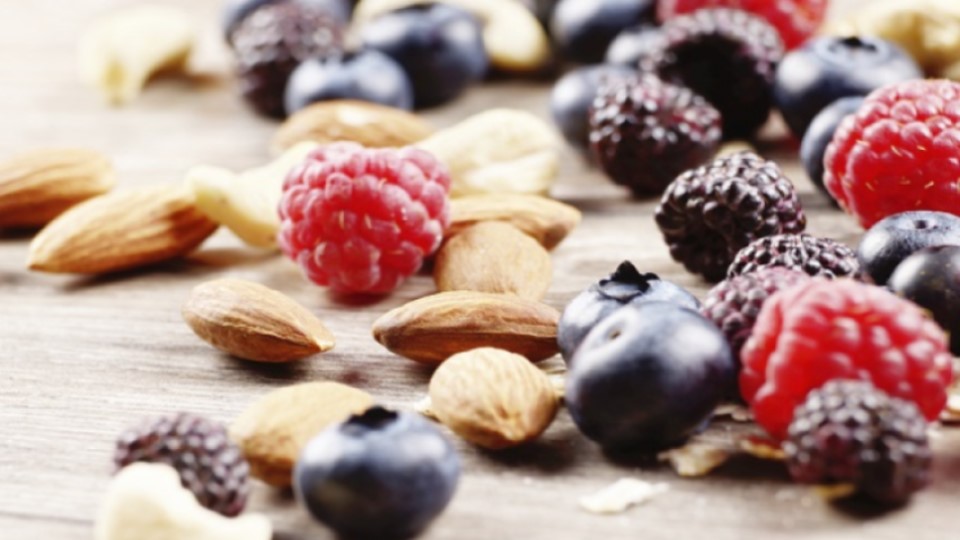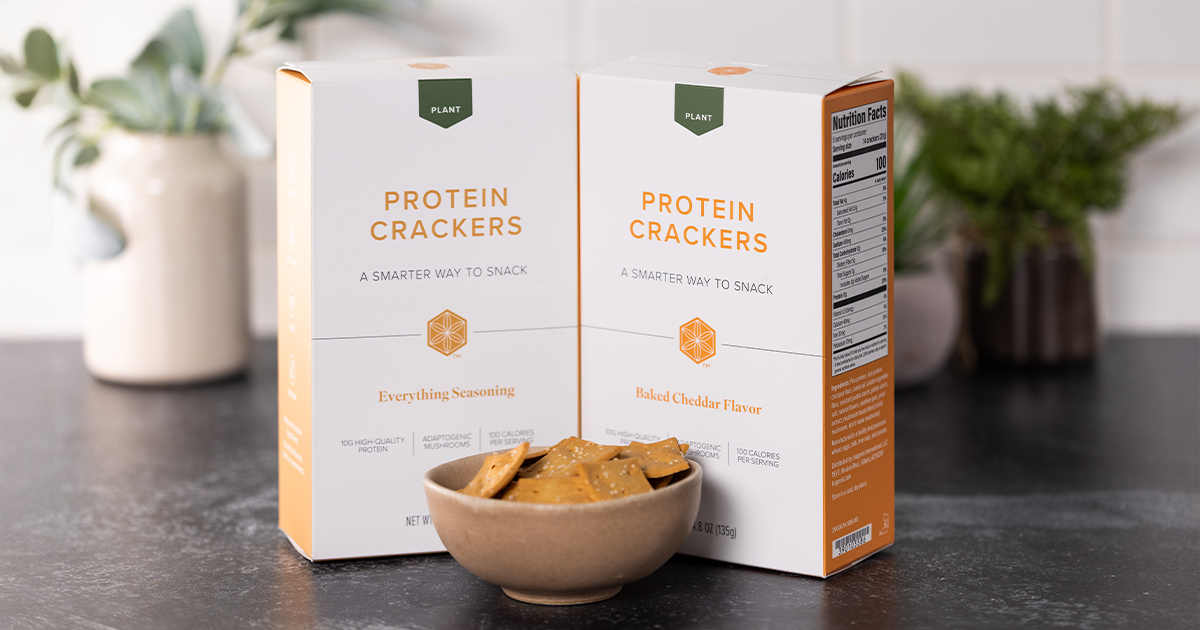Do you get enough fiber? The odds are pretty good that you don’t get the recommended daily amount since only five percent of adults consume adequate dietary fiber (1).
The Institute of Medicine recommends at least 25 grams for women and 38 grams for men every day, but according to a large national health survey, the average adult consumes just 16 grams of fiber daily (2). This means that the majority of us are missing out on the health benefits from fiber including support for heart health, digestive health, and weight management (1).
One reason our average daily fiber intake remains so low is that many healthful foods have much less fiber than you might expect. For example, a medium apple (including skin) and an ounce of almonds (approximately 23) provide about 3 grams each, while a slice of whole grain bread typically contains about 2 grams of fiber. Considering these numbers, it’s easy to see why so many people fall short of getting an adequate amount of fiber every day. If you are ready to add the benefits of more fiber to your diet, these tips can help you get started.
1. Build Up Gradually
Any time you make a major change to your diet your body will need some time to adjust and improvements to your diet are no exception. Increasing fiber is best done gradually since a sudden and drastic change is likely to lead to gastrointestinal upset. Consider this: If your daily fiber intake has only been about 16 grams per day, you might need to double your fiber intake to reach a level that is considered adequate. For most people, a sudden doubling of fiber intake is likely to cause uncomfortable digestive upsets such as intestinal gas, cramping, or diarrhea.
Instead of shocking your digestive system with a sudden jump in fiber, try a moderate increase of three or four grams per day over the course of several weeks. One approach may be to add one serving of fiber-rich foods every day for a week and increase to two servings every day the following week, and so on. It may be more convenient to include a supplemental source of fiber, such as FiberPro™, to help you meet your goals.IsaLean® Protein Shake is also an excellent source of fiber. Your best choice is a slow, gradual increase over time to help your system adapt and avoid any uncomfortable symptoms.
2. Balance Fiber with Water
Hydration levels and digestive comfort are closely related since the large intestine plays an important role in maintaining the body’s water balance. On a day when you don’t drink as much water as your body needs, the large intestine will compensate by absorbing more water than usual from the materials entering the large intestine. The end result can be excessively hard, dry stools, often leading to constipation.
One of the benefits of getting an adequate amount of dietary fiber is an increase in both the volume and moisture content of the material in the large intestine. This is beneficial because it supports the body’s ability to efficiently eliminate waste and promotes regularity. However, increasing dietary fiber can only support regularity if you are well hydrated, so it is important to balance any increase in dietary fiber with proper hydration.
3. Variety is Key
There are a many different types of dietary fiber and each type has unique benefits. Some types of fiber can dissolve and thicken when mixed with water. This is a property that helps you to feel satisfied for a longer period of time after a meal. Oats, for example, are a rich source of beta-glucan, a type of fiber that helps keep your appetite in check and can have benefits for heart health (3). Insoluble fiber is abundant in many vegetables and grain-based foods like wheat bran or oat bran. This type of fiber is primarily helpful in promoting intestinal health and elimination of waste from the digestive system.
Prebiotic fiber promotes the growth of beneficial bacteria in the large intestine, enhancing balance and diversity of the gut microbiome. One of the most commonly consumed prebiotic fibers is inulin from chicory root, although there are many different prebiotic fiber types that have distinct benefits (3). BĒA™ Biotics and FiberSnacks™ are sources of prebiotic fiber. You can maximize the benefits of different types of fiber for your health by choosing a wide variety of fiber-rich foods.
Benefits of Bumping Up Your Fiber
Almost everyone can benefit from getting more fiber. Fiber-rich foods support both healthy intestinal function and overall health in many ways. Some types of fiber promote regularity, while others have benefits ranging from supporting a healthy heart to encouraging the growth of friendly intestinal bacteria. Because the majority of people have a dietary fiber intake that is far below the recommended level, the smartest strategy is to add fiber gradually rather than jumping straight to the recommended level all at once. By keeping these tips in mind, you can receive maximum benefits from getting the right amount of fiber for your body every day.
References
- Dahl WJ, Stewart ML. Position of the Academy of Nutrition and Dietetics: Health Implications of Dietary Fiber. J Acad Nutr Diet. 2015 Nov;115(11):1861-70.
- King DE, Mainous AG 3rd, Lambourne CA. Trends in dietary fiber intake in the United States, 1999-2008. J Acad Nutr Diet. 2012 May;112(5):642-8.
- McRorie JW Jr. Evidence-Based Approach to Fiber Supplements and Clinically Meaningful Health Benefits, Part 1: What to Look for and How to Recommend an Effective Fiber Therapy. Nutr Today. 2015 Mar;50(2):82-89.





